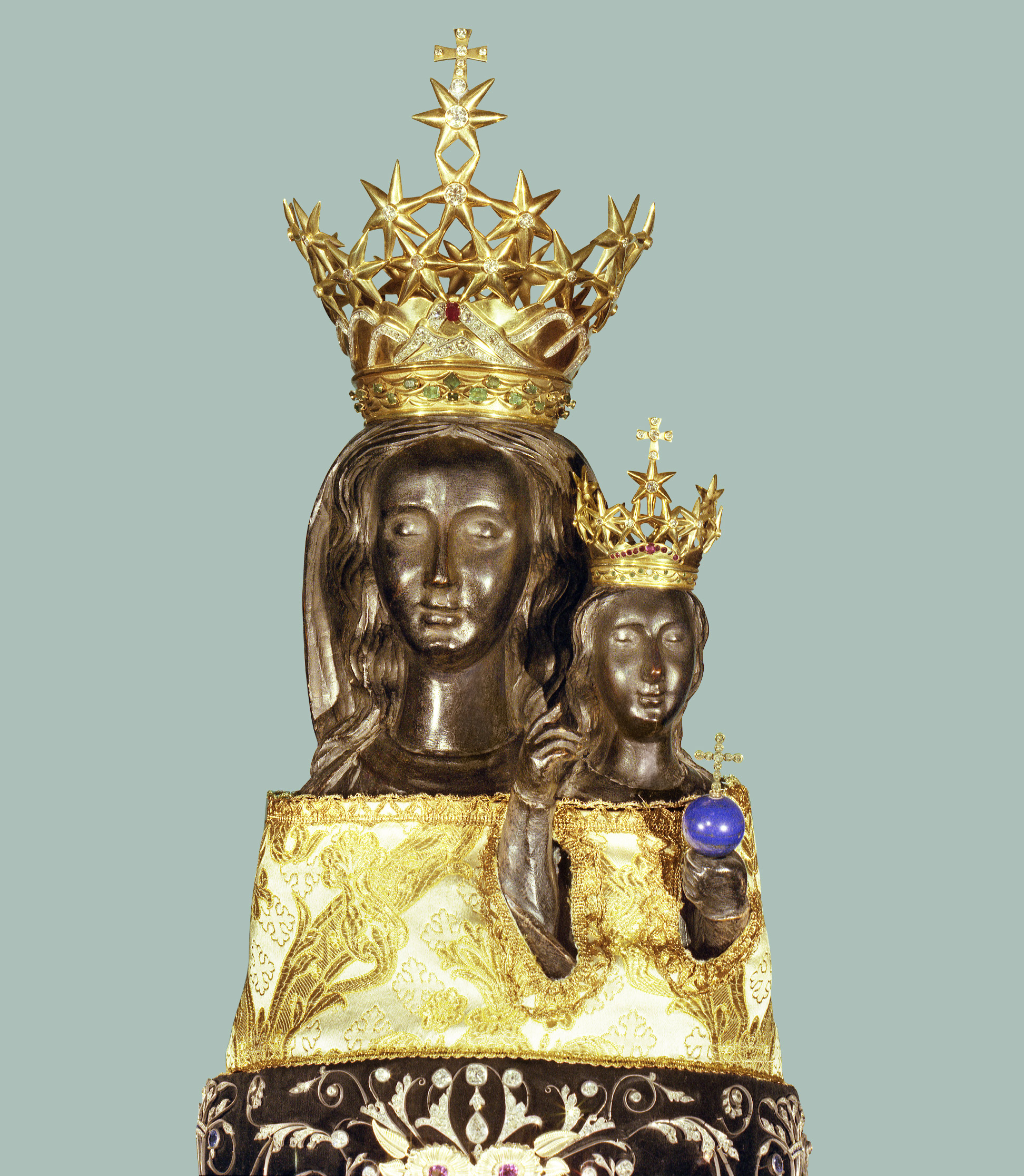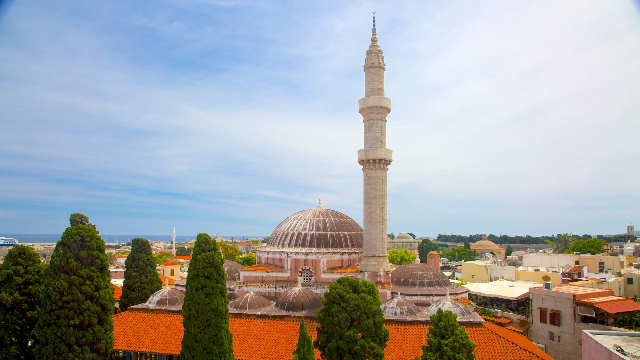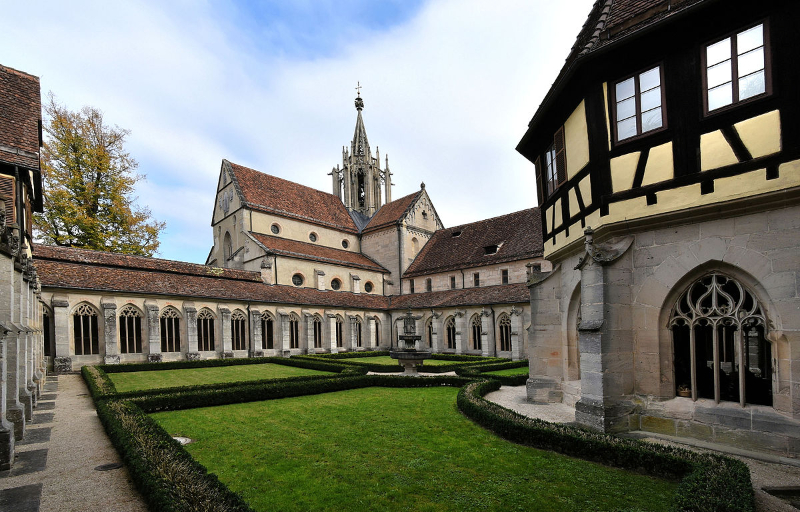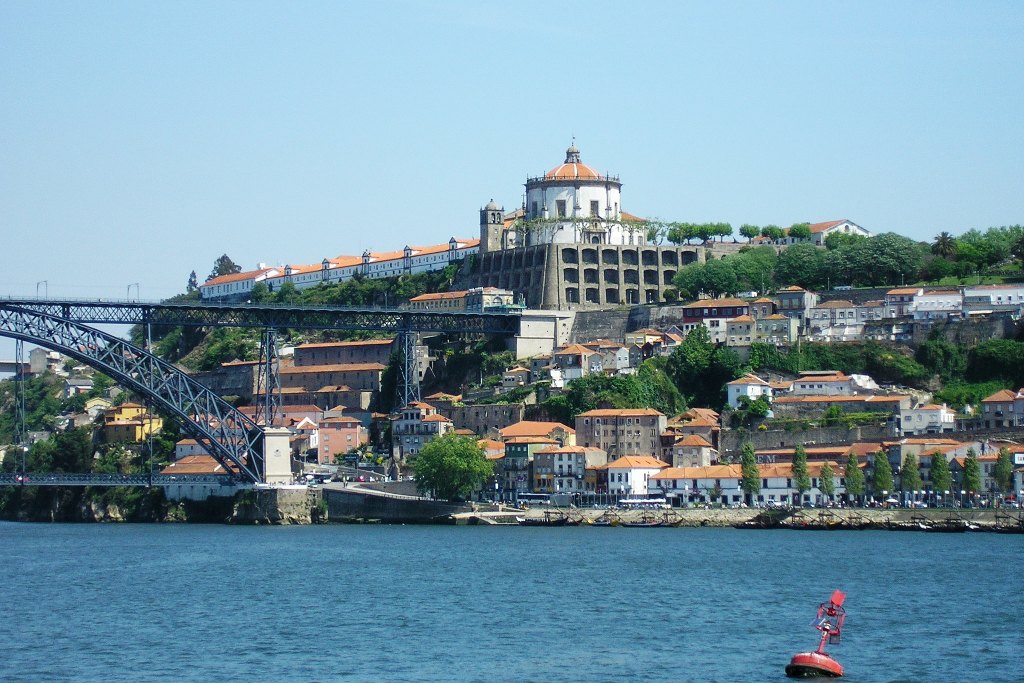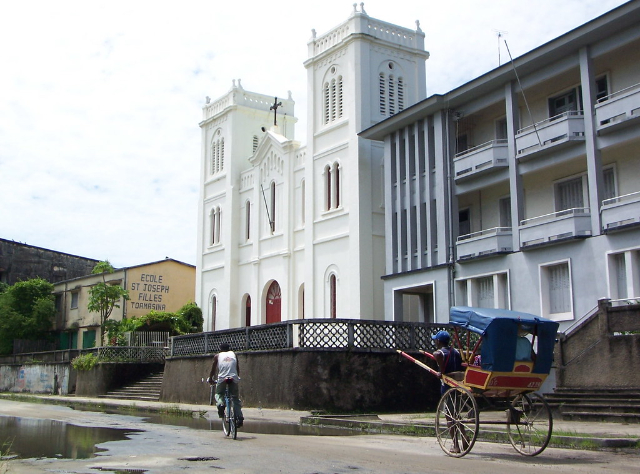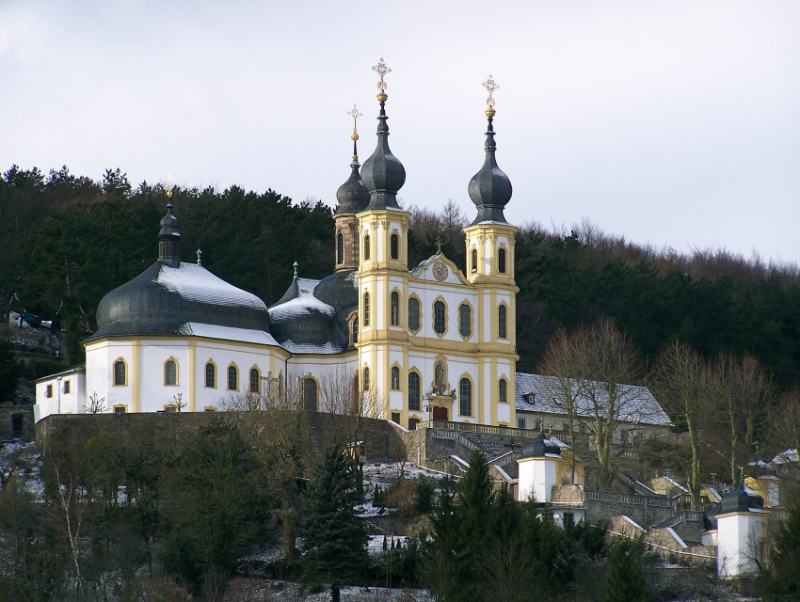On the outskirts of Urbania, this temple in Baroque-Roman style was built in 1700 and since then has been a place of pilgrimage to the miraculous image of the S.S. Crocifisso di Battaglia.
Along the narrow valley that climbs towards the hills of Peglio, the sanctuary offers a particular artistic view, especially for the majesty of the dome that recalls the grandeur of the classical temple, in a predominantly agricultural environment, with pleasant countryside. So called in honour of Marino Antonio Battaglia from Urbania who wanted to build a small oratory dedicated to the Crucifix in 1634. Inside, on the central altar, the image of Christ on the cross with the Madonna and San Giovanni is venerated, a fresco dating back to the sixteenth century. Following miraculous events that occurred in 1717, the devotion to the Holy Crucifix had a great impulse and the complex was expanded to make it more welcoming to the many pilgrims who came. The first prodigious event concerning the painted Jesus of Battaglia is linked to Mrs. Virginia Amantini Campana who, out of devotion, had lit a lantern in front of the holy image. The woman, after two days and two nights, returned to visit the Crucifix and with amazement had to notice how the lantern still produced light. But the most marvellous observation was another, that not even a drop of oil had been consumed by that old iron.
The fact that the woman had had to witness began to draw a small crowd from the surrounding villages. The parishioners of the Church of Battaglia then, not to make a bad impression, began to clean the small religious building from top to bottom, paying particular care and attention to the miraculous fresco. But wanting to do too much good, they ended up doing very bad: somehow the face of the good Jesus had come away from the painted image to end up on a good cloth to remove dust and cobwebs.
The parishioners began to despair and to ask themselves what to do. Since none of them was particularly wealthy, and therefore unable to hire an artist of any renown, they went to pull by the sleeve a modest Durantine painter named Giovanni. The latter, however, extremely afraid of making a mistake and judging himself unworthy to work on such a special fresco, refused the commission. Or at least he tried to do so. The insistence in fact overwhelmed him and, against his will, ended up by leading him to the little chapel guarding the faceless Jesus.
Left alone in front of the Crucifixion of Battaglia, Giovanni began to cry for the excessive responsibility of which he had been forced to take charge, wasting all his energy in tears. In fact, the modest painter fell asleep. And when he awoke, without a single brush having been soiled, he could see that the now famous Jesus had returned to his original face.


